- Home
- Japan Private Tours
- Hiroshima Private Tours
Discover the Best of Hiroshima Travel: Things to Do, Places to Visit & Your Ideal Itinerary
Hiroshima is a city rich in history, culture, and natural beauty, offering travelers a unique blend of peaceful reflection and vibrant experiences. Whether you're interested in exploring iconic landmarks like the Peace Memorial Park, sampling delicious local cuisine, or discovering hidden gems off the beaten path, Hiroshima has something for everyone. In this guide, you'll find the best things to do in Hiroshima, must-visit places, and a carefully crafted itinerary to help you make the most of your trip. Whether you're planning a short visit or an extended stay, this Hiroshima travel guide will ensure you experience the city’s resilience, charm, and unforgettable sights.
Private Tours & Sightseeing Hiroshima
Discover Hiroshima Your Way: Private Tours & Personalized Sightseeing Experiences

Hiroshima Private Tour (8 hours)
Hiroshima Peace Memorial Park, Ferry Ride to Miyajima, Miyajima
Why Visit Hiroshima?
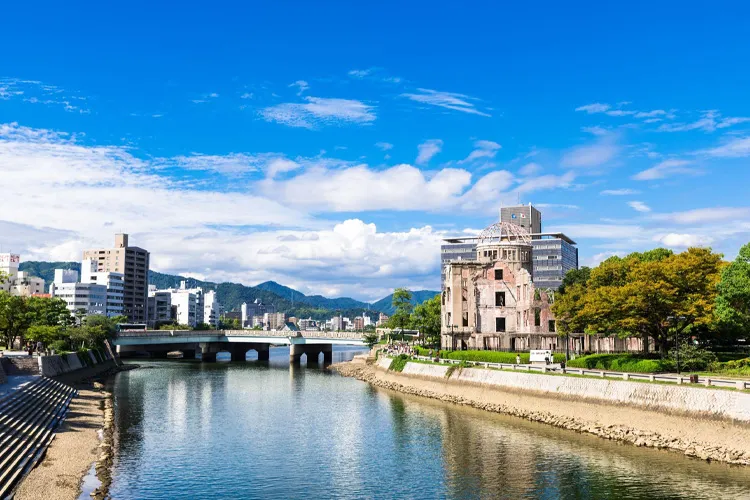
Welcome to Hiroshima, a city that stands as a powerful symbol of peace, resilience, and hope, set against a backdrop of natural beauty and rich cultural heritage. Imagine reflecting on history at the Peace Memorial Park, then embarking on a short ferry ride to the mystical island of Miyajima, home to one of Japan's most iconic shrines. This isn't just a visit; it's a profound journey that offers deep historical insight, breathtaking scenic beauty, and a taste of unique local culture.
- A Message of Peace: Experience the poignant history and powerful message of peace at the Atomic Bomb Dome and Peace Memorial Park.
- World Heritage Wonders: Explore two UNESCO World Heritage Sites – the Atomic Bomb Dome and Itsukushima Shrine on Miyajima.
- Culinary Delights: Indulge in unique local specialties, especially the renowned Hiroshima-style Okonomiyaki.
Quick Guide to Hiroshima
Ready to plan your meaningful journey to Hiroshima? Here’s what you need to know to get started.
Location & Access
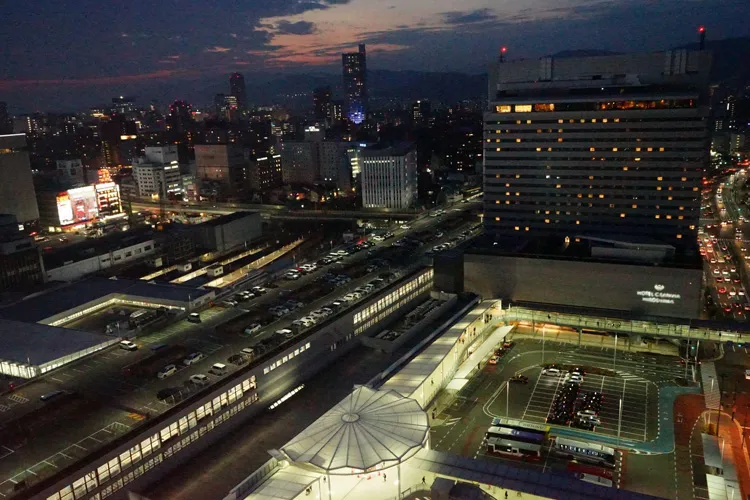
Hiroshima is the capital of Hiroshima Prefecture, located in the Chugoku region of Western Japan, facing the beautiful Seto Inland Sea.
- From Tokyo:
- By JR Tokaido/Sanyo Shinkansen: The fastest and most convenient option. Direct from Tokyo Station to Hiroshima Station (approx. 4 hours). (Covered by Japan Rail Pass, Nozomi trains require a separate supplement even with JR Pass)
- From Osaka:
- By JR Sanyo Shinkansen: Fast and frequent. From Shin-Osaka Station to Hiroshima Station (approx. 1 hour 30 minutes - 2 hours). (Covered by Japan Rail Pass)
- From Fukuoka (Hakata):
- By JR Sanyo Shinkansen: From Hakata Station to Hiroshima Station (approx. 1 hour). (Covered by Japan Rail Pass)
Climate & Seasons
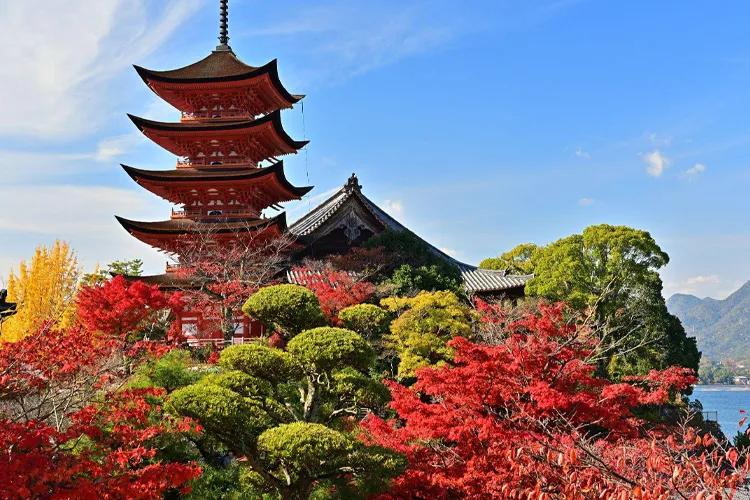
Hiroshima experiences four distinct and beautiful seasons, each offering a different charm.
- Spring (March - May): Mild and pleasant (average 10-20°C/50-68°F), with cherry blossoms typically blooming around late March to early April. Ideal for comfortable sightseeing. A light jacket is recommended.
- Summer (June - August): Warm and humid (average 25-30°C/77-86°F), perfect for enjoying the Seto Inland Sea. Light clothing and sun protection are essential.
- Autumn (September - November): Crisp and comfortable (average 15-25°C/59-77°F), with vibrant autumn foliage, especially beautiful on Miyajima (Momijidani Park) in mid-November. Layers are recommended.
- Winter (December - February): Generally cool (average 5-10°C/41-50°F) with dry, clear days, often offering excellent visibility of the floating torii gate. A warm coat and sweaters are necessary.
When is the best time to visit? Spring (for cherry blossoms) and Autumn (for vibrant foliage and comfortable weather) are often considered the most picturesque and pleasant.
Explore Hiroshima's Iconic Districts & Sites
Hiroshima's main attractions are centrally located or easily accessible by short ferry rides.
Peace Memorial Park & Museum Area
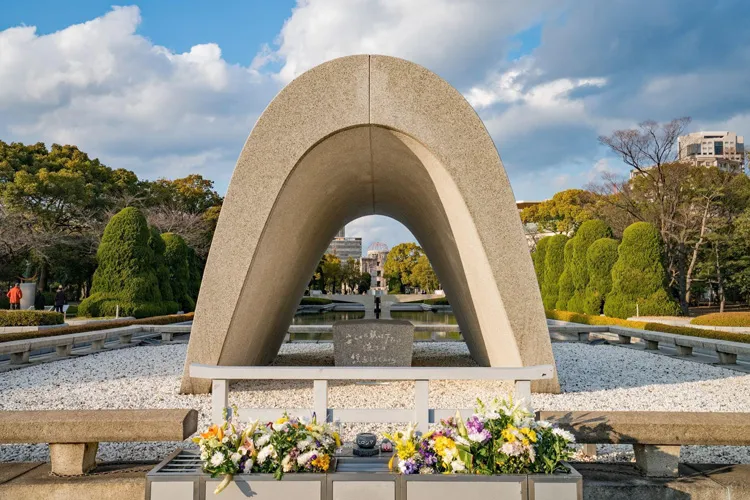
- Highlights: A poignant and beautifully designed park dedicated to peace.
- Atomic Bomb Dome: A UNESCO World Heritage Site, the skeletal remains of the former Prefectural Industrial Promotion Hall, preserved as a stark reminder of the atomic bombing.
- Peace Memorial Museum: A powerful and moving museum detailing the events of August 6, 1945, and the devastating impact of nuclear weapons.
- Cenotaph for the A-bomb Victims: Contains the names of all known victims, with a flame burning until all nuclear weapons are abolished.
- Charm: A place for quiet reflection, learning, and a profound call for peace.
Miyajima Island - Itsukushima
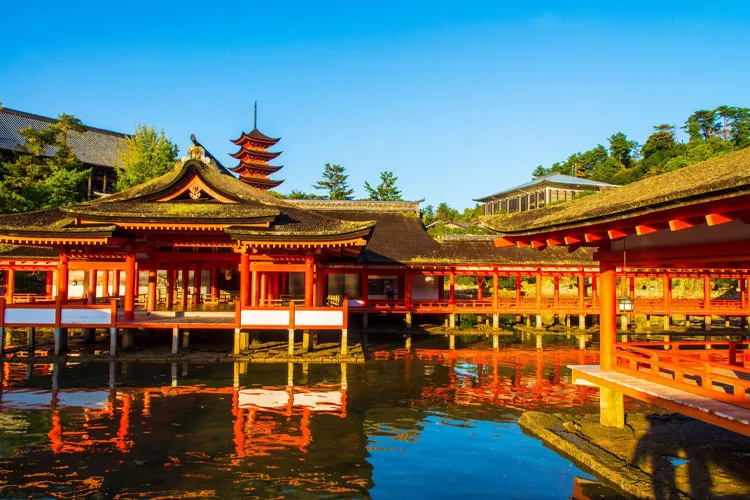
- Highlights: Officially known as Itsukushima, this sacred island is home to the famous Itsukushima Shrine, a UNESCO World Heritage Site. Its iconic "floating" torii gate appears to float on the water at high tide, creating one of Japan's most famous scenic views.
- Charm: A magical island with wild deer, beautiful temples, scenic hiking trails, and stunning coastal views.
- Other Miyajima Attractions:
- Daisho-in Temple: A beautiful, sprawling temple at the base of Mount Misen.
- Mount Misen: The highest peak on Miyajima, offering panoramic views of the Seto Inland Sea. Accessible by ropeway or hiking.
- Momijidani Park: Famous for its stunning autumn foliage.
Central Hiroshima
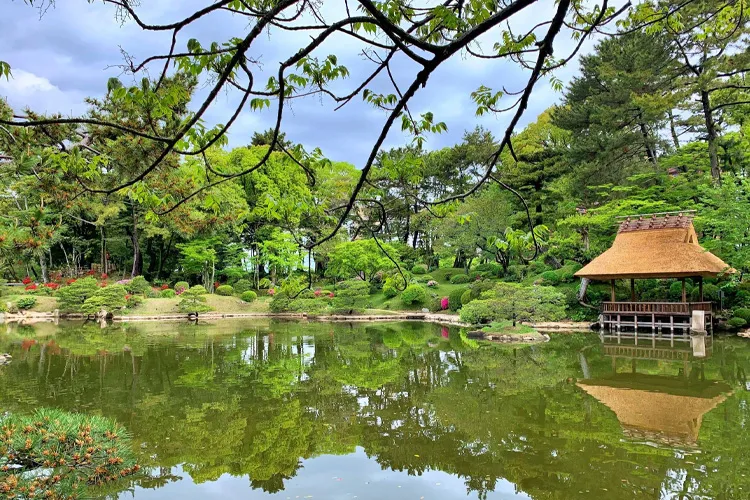
- Hiroshima Castle: A reconstructed castle surrounded by a moat and park. The castle tower offers a museum on Hiroshima's history.
- Shukkei-en Garden: A beautiful traditional Japanese garden, dating back to the Edo period, with a pond, tea houses, and miniature landscapes.
- Hondori Shopping Street: A lively, covered shopping arcade with a wide variety of shops, restaurants, and cafes.
Find Your Perfect Hiroshima Trip
Hiroshima offers diverse experiences to suit every interest.
For History & Education
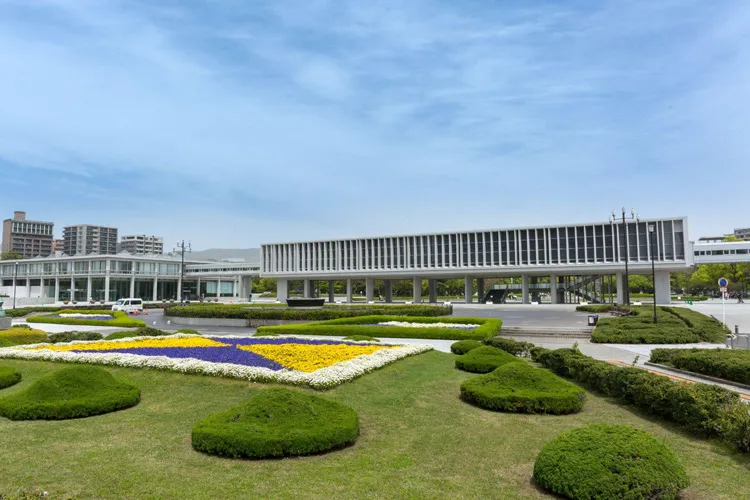
Engage with a pivotal moment in human history and learn about the path to peace:
- Peace Memorial Park & Museum: Dedicate ample time here for a thorough and impactful experience.
- Atomic Bomb Dome: Reflect on the enduring symbol of destruction and hope.
- Hiroshima Castle: Learn about Hiroshima's feudal past and its resilience through the ages.
- Hiroshima National Peace Memorial Hall for the Atomic Bomb Victims: A solemn, circular structure for remembering victims.
For Spiritual & Scenic Beauty
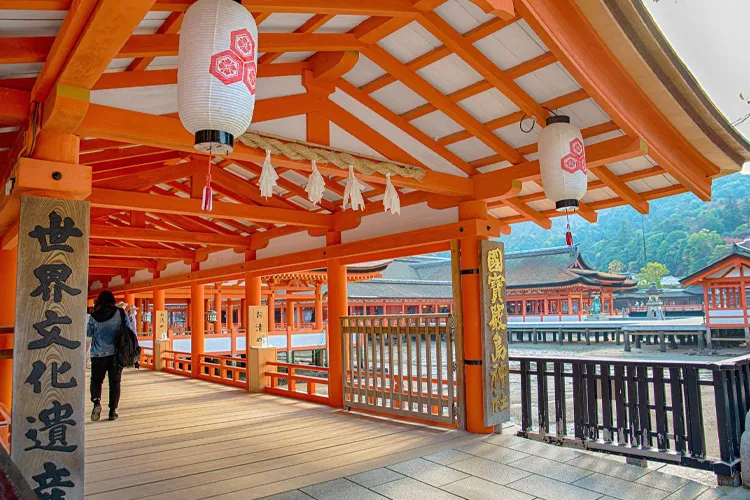
Experience profound beauty and spiritual tranquility:
- Itsukushima Shrine & Floating Torii Gate: Witness one of Japan's most iconic and serene landscapes. Check tide times for the "floating" effect.
- Miyajima Island: Explore the island's temples, natural beauty, and interaction with the resident deer.
- Mount Misen: Hike or take the ropeway for panoramic views of the Seto Inland Sea.
- Shukkei-en Garden: Find peace and aesthetic pleasure in this meticulously designed traditional garden.
For Food Lovers

Indulge in Hiroshima's unique and delicious culinary specialties:
- Hiroshima-style Okonomiyaki: A must-try! Unlike Osaka's mixed style, Hiroshima's version layers ingredients (cabbage, noodles, egg, pork) onto a thin crepe.
- Oysters: Hiroshima is Japan's largest producer of oysters. Enjoy them fried, grilled, raw, or in hot pots, especially in winter.
- Momiji Manju: A maple leaf-shaped cake with various fillings (typically red bean paste), the famous souvenir of Miyajima.
- Local Sake: Hiroshima Prefecture is known for its excellent sake, characterized by a smooth, soft taste.
- Anago - Conger Eel: A local delicacy, often served over rice on Miyajima.
For Outdoor & Activity Enthusiasts
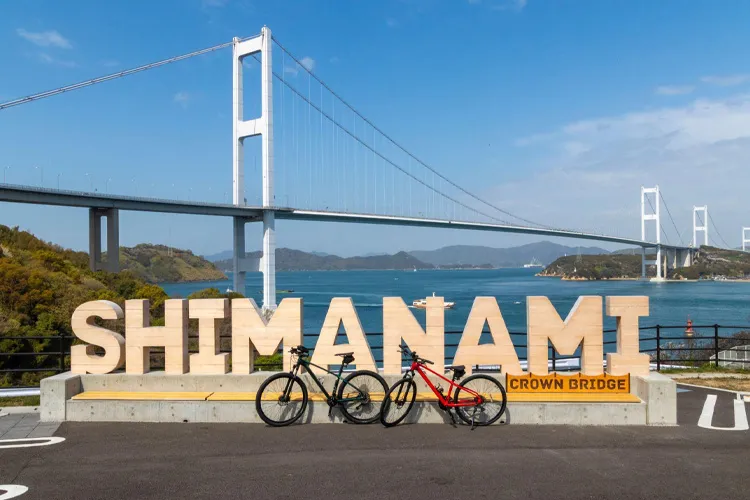
Enjoy the natural beauty and active pursuits:
- Hiking on Miyajima: Trek up Mount Misen for rewarding views.
- Setouchi Shimanami Kaido: A renowned cycling route across a series of islands in the Seto Inland Sea, connecting Hiroshima and Ehime Prefectures. Rent a bike and cycle part of this scenic route.
- Kayaking: Explore the calm waters of the Seto Inland Sea around Miyajima.
Sample Itineraries
Need some inspiration? Here are a few suggested itineraries to help you plan your perfect Hiroshima adventure.
Example 1: Hiroshima & Miyajima Classic Day Trip
Ideal for first-timers, focusing on iconic sites
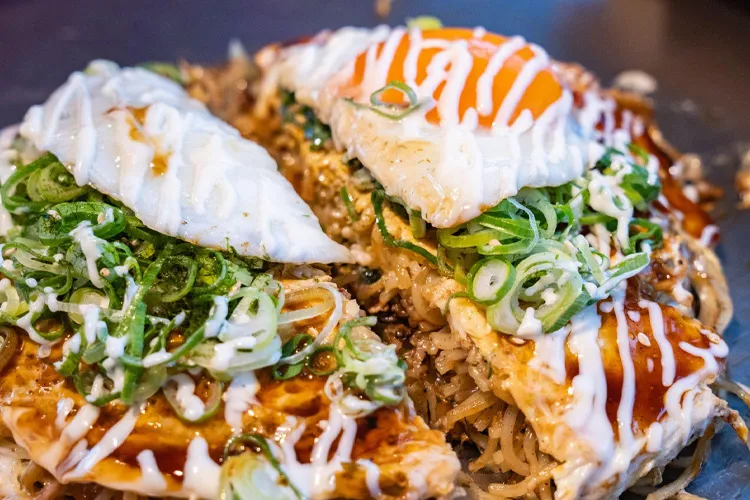
- Morning: Arrive at Hiroshima Station. Take a tram or walk to Peace Memorial Park & Museum. Spend 2-3 hours for reflection and learning.
- Lunch: Enjoy Hiroshima-style Okonomiyaki at a local restaurant.
- Afternoon: Travel to Miyajimaguchi (JR train or tram), then take the ferry to Miyajima Island. Explore Itsukushima Shrine (check tide times!). Interact with the deer.
- Late Afternoon/Evening: Enjoy the ambiance of Miyajima, perhaps sample Momiji Manju. Return to Hiroshima Station.
Example 2: Hiroshima & Miyajima Immersion
For a more relaxed pace and deeper exploration
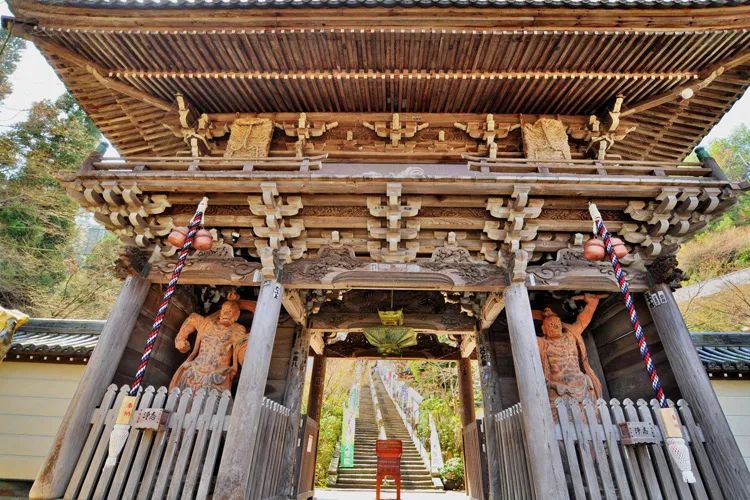
- Day 1 (Hiroshima City): Arrive at Hiroshima Station. Check into the hotel. Visit Peace Memorial Park & Museum (dedicate more time). Explore Shukkei-en Garden for tranquility. Evening: Enjoy a full Okonomiyaki dinner experience. Overnight in Hiroshima.
- Day 2 (Miyajima): Morning: Travel to Miyajima. Spend the entire day on the island. Visit Itsukushima Shrine, climb/ropeway up Mount Misen, explore Daisho-in Temple, and enjoy the deer. Sample Anago Meshi or grilled oysters. Afternoon: Take the ferry back. Depart from Hiroshima.
Example 3: Hiroshima, Miyajima & Setouchi Gems
Combines the core experience with more regional exploration

- Day 1-2: Follow "Hiroshima & Miyajima Immersion" for Day 1 & 2. Consider an overnight stay on Miyajima for a magical experience after day-trippers leave.
- Day 3 (Setouchi Exploration): Morning: Explore a local market or craft area in Hiroshima. Alternatively, take a partial trip on the Setouchi Shimanami Kaido cycling route (rent a bike in Onomichi or Imabari). Or visit Kure for its fascinating Yamato Museum (battleship Yamato) and JMSDF Kure Museum (submarine). Afternoon: Return to Hiroshima Station. Depart.
Essential Travel Tips

Make your trip to Hiroshima smooth and enjoyable with these practical tips.
Transportation
- Streetcars (Trams): Hiroshima's tram network is a charming and convenient way to get around the city center.
- Buses: Extensive bus routes serve various parts of the city.
- JR Ferry to Miyajima: JR Pass holders can use the JR Ferry to Miyajima for free.
- IC Cards: Purchase an ICOCA or Pasmo/Suica card for seamless travel on trams, buses, and trains.
- Hiroshima Tourist Pass: Consider if you plan to use local transport extensively.
Accommodation
Hiroshima offers a wide range of accommodation:
- Hotels: Numerous options from luxury to business hotels, primarily around Hiroshima Station and the city center.
- Ryokan: Fewer traditional ryokan in the city, but some charming options exist on Miyajima Island for a unique overnight experience.
- Hostels & Guesthouses: Budget-friendly options are available.
Connectivity
- Free Wi-Fi: Available at major stations, many hotels, and some public areas.
- SIM Cards & Pocket Wi-Fi: Recommended for consistent internet access.
Other Useful Information
- Comfortable Shoes: Essential as you'll be doing a lot of walking, especially within Peace Park and on Miyajima.
- Miyajima Tide Times: Check the tide times for Itsukushima Shrine's "floating" torii gate if you have a preference for high or low tide views.
- Okonomiyaki Preference: Be aware that Hiroshima-style Okonomiyaki is quite different from Osaka-style; try both if you can!
- Deer on Miyajima: Like in Nara, Miyajima's deer are wild but accustomed to humans. Be respectful, don't tease them, and be mindful of your belongings.
Kanazawa & Noto Travel FAQ
- How much time should I spend at the Hiroshima Peace Memorial Museum?
- Most visitors spend 1 to 2 hours at the museum. The exhibits are extensive and deeply moving, especially the personal stories and historical information. If you want to read everything carefully or use the audio guide, plan for at least 2 hours.
- As an American, will I be welcome when visiting atomic bomb-related sites?
- Yes, you are very much welcome. Hiroshima is a city that promotes peace and understanding. Visitors of all nationalities, including Americans, are encouraged to learn about the history and reflect on the importance of peace. As long as you approach the visit with respect, you’ll be treated kindly.
- Are guided tours available in English?
- Yes, English-speaking guided tours are available. There are both professional guides and volunteer guides who offer tours of the Peace Memorial Park and Museum. Many of these tours can be booked online in advance.
- Are there any manners I should be aware of when visiting Peace Memorial Park?
- Yes, here are some basic manners to keep in mind:
- Keep your voice low and act respectfully, especially near the Cenotaph and A-Bomb Dome.
- Avoid silly poses or loud laughter when taking photos.
- Refrain from eating or drinking inside the park.
- Be mindful of people offering flowers or prayers.
- Where’s the best place to eat Hiroshima-style okonomiyaki, and how do I order it?
- Popular places to enjoy Hiroshima-style okonomiyaki include:
- Okonomimura (a building with many okonomiyaki shops)
- Famous restaurants like Micchan Sohonten or Reichan
- Various local shops near Hiroshima Station and Hacchobori area
How to order:- Simply say, “Hiroshima-style okonomiyaki, please.” You can also request extra toppings.
- Many restaurants have English menus.
- If seated at the counter, enjoy watching the chef prepare it on the iron plate. Some places let you eat directly from the grill with a small spatula.
- Can I explore Hiroshima on foot, or do I need public transportation?
- Central Hiroshima—including the Peace Memorial Park, Hiroshima Castle, and downtown—is very walkable.
However, if you plan to visit places like Miyajima, Shukkeien Garden, or areas far from Hiroshima Station, it’s more convenient to use:- Streetcars (trams): Cover most sightseeing areas in the city.
- Buses: Useful for getting to the airport or more distant areas.
- JR trains: Best for reaching Miyajimaguchi Station (for the ferry to Miyajima).
- Rental bicycles: Services like Peacecle offer easy bike sharing.

